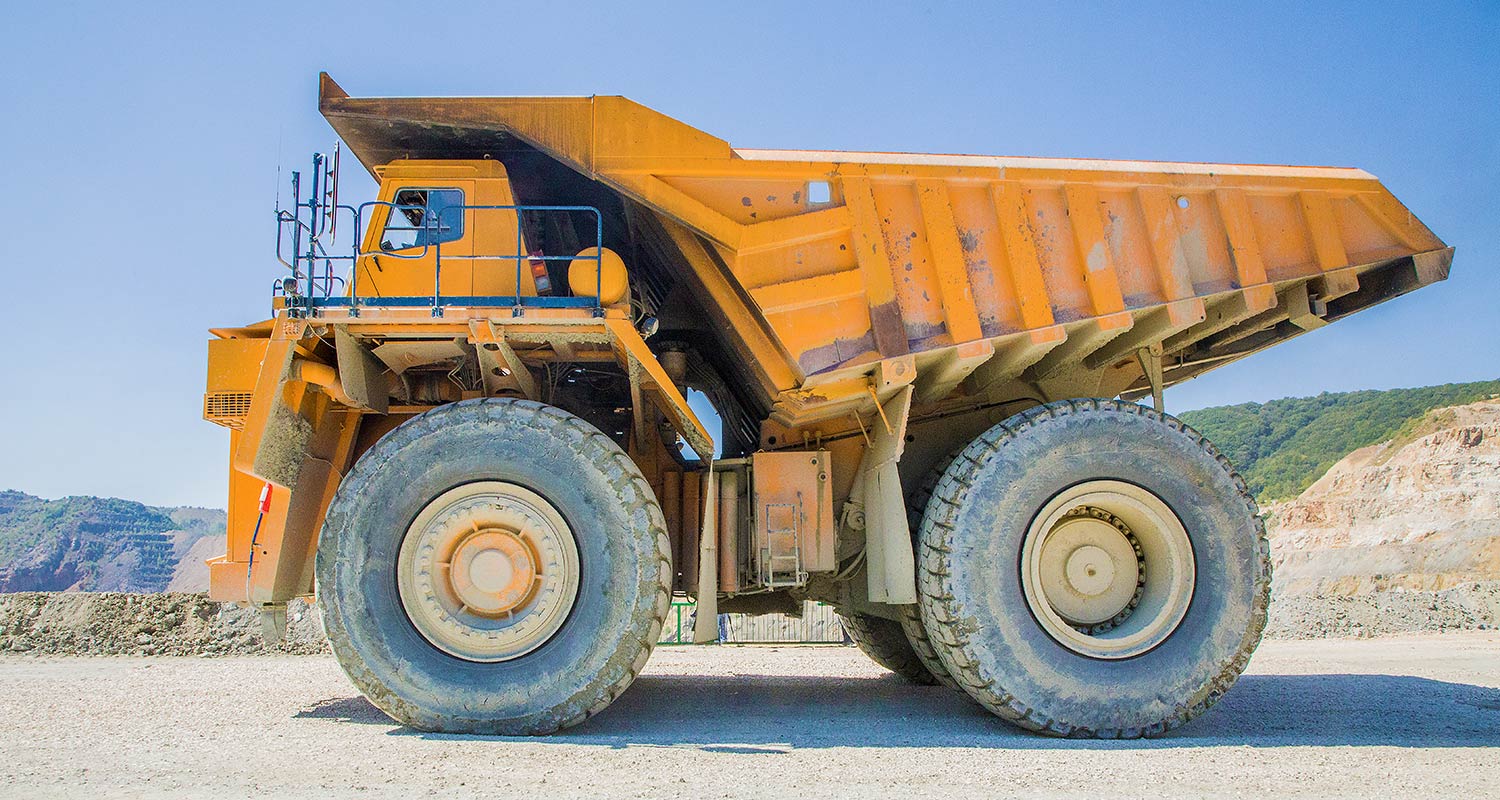Dependable Construction Equipment Rentals for Your Projects
Dependable Construction Equipment Rentals for Your Projects
Blog Article
Leasing Vs. Acquiring Building Devices: Making the Right Choice for Your Project
When embarking on a building and construction task, one of the critical decisions that project stakeholders and managers encounter is whether to rent or buy building and construction devices. The decision hinges on various factors such as expense considerations, task duration, equipment upkeep, versatility, threat, and scalability management.
Expense Factors To Consider
Renting devices commonly needs reduced preliminary repayments compared to acquiring, making it an attractive choice for short-term jobs or specialists with spending plan restrictions. In the lengthy run, continuously renting devices can gather higher prices than purchasing, specifically for extended projects.
On the other hand, purchasing construction equipment involves higher ahead of time prices but can result in long-term financial savings, especially for constant customers or lasting tasks. Having equipment provides adaptability, convenience, and the potential for resale worth once the job is finished. Furthermore, owning tools permits customization and experience with details machinery, possibly enhancing efficiency and performance on-site. Inevitably, the decision between acquiring and renting out building tools rests on the project's duration, frequency of use, spending plan considerations, and long-term economic goals.
Job Period

On the other hand, for long-lasting jobs or ongoing construction work, getting tools can be the extra affordable alternative. Acquiring equipment can cause cost savings over time, specifically if the tools will certainly be regularly used. Additionally, possessing equipment supplies a feeling of control over its accessibility and allows for modification to fit particular project requirements.

Equipment Maintenance
Offered the crucial duty task period plays in figuring out the most cost-effective strategy between leasing and buying building tools, the focus currently moves in the direction of checking out the crucial facet of equipment upkeep. On the various other hand, possessing equipment needs a positive technique to maintenance to stop malfunctions, make sure safety, and extend the tools's life expectancy. Eventually, a well-kept construction tools fleet, whether leased or owned, is essential for the successful and efficient completion of building projects.
Adaptability and Scalability
In the world of construction equipment management, the element of flexibility and scalability holds considerable value for job efficiency and source use. Choosing to rent construction tools provides a high degree of versatility as it permits the fast change of equipment types and amounts based on the evolving needs of a project. Renting out allows specialists small construction equipment to access a wide variety of customized equipment that might be needed for details jobs without the long-lasting dedication of ownership. This flexibility is particularly beneficial for tasks with differing requirements or unpredictable periods (forklift rental).
In addition, scalability, one more important variable, is inherently linked to adaptability. Renting out building tools uses the benefit of conveniently scaling operations up or down as job demands rise and fall. Contractors can promptly trade or include devices to match the job's transforming demands without the constraints of having properties that may come to be underutilized or out-of-date. This ability to range resources effectively can lead to price financial savings and enhanced task timelines, making leasing a desirable alternative for tasks needing flexibility and responsive source allotment.
Risk Management
Effective threat administration in building equipment operations is extremely important to making certain job success and mitigating prospective monetary losses. Construction tasks naturally entail different risks, such as tools failures, mishaps, and project hold-ups, which can dramatically affect the task timeline and budget. By meticulously thinking about the threats associated with owning or renting building devices, project managers can make enlightened decisions to minimize these potential hazards.
Leasing building and construction equipment can use a degree of risk reduction by transferring the responsibility of repair and maintenance to the rental company. This can minimize the economic concern on the task proprietor in instance of unanticipated tools failures (heavy equipment rental). Additionally, renting gives the versatility to gain access to specific equipment for particular project phases, reducing the danger of having underutilized equipment
On the other hand, possessing building and construction devices supplies a feeling of control over its usage and upkeep. However, this likewise suggests birthing the complete obligation for repair work, upkeep expenses, and depreciation, boosting the monetary risks related to tools possession. Careful risk analysis and consideration of elements such as job duration, devices use, and maintenance demands are essential in figuring out one of the most appropriate choice for effective threat monitoring in building projects.
Conclusion
Finally, when determining between purchasing and renting out building equipment, it is essential to consider expense, project duration, tools upkeep, versatility, risk, and scalability administration. Each element plays a vital role in identifying the most ideal choice for the task why not look here at hand. By meticulously reviewing these elements, project managers can make an informed decision that lines Visit Website up with their spending plan, timeline, and general task objectives.

Report this page